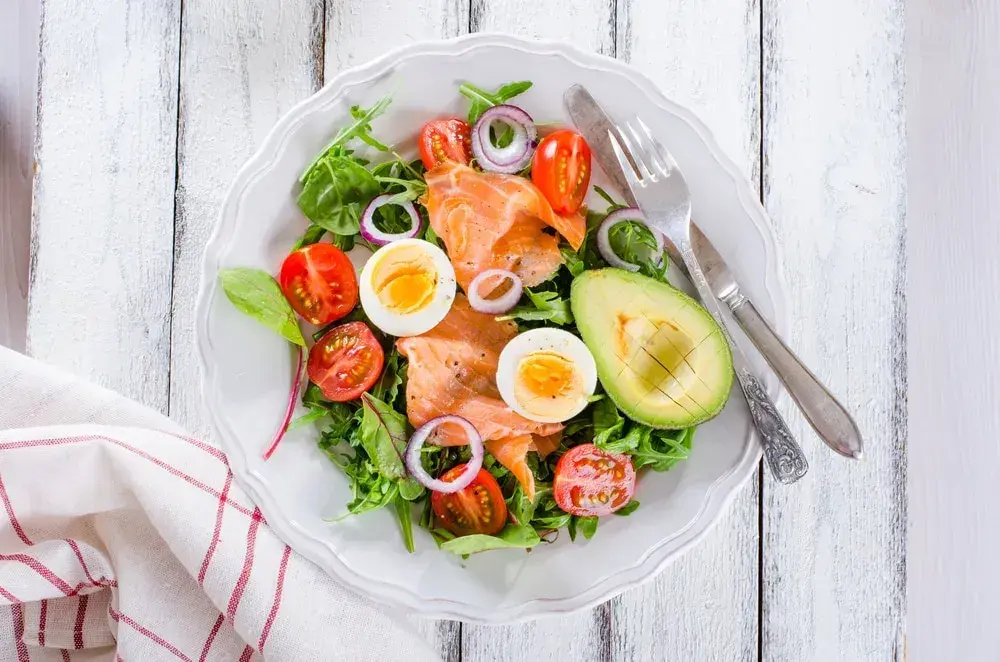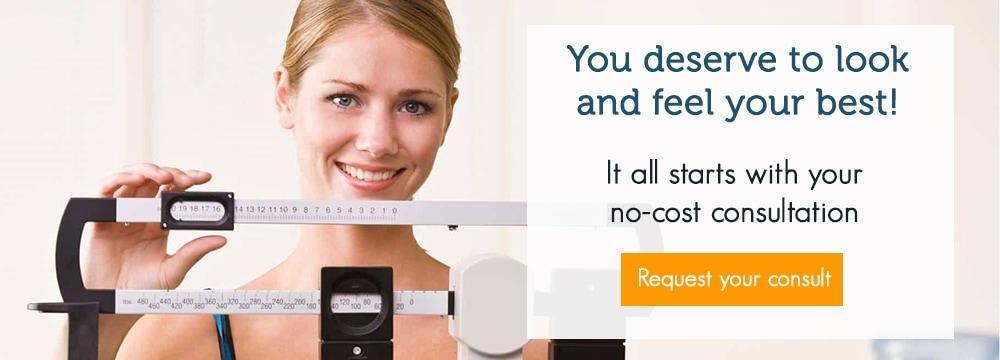4 min read
Counting Macros Instead Of Calories May Help You Lose Weight
Garcia Weight Loss
:
Jun 21, 2018 12:00:00 AM

/assets/images/provider/photos/2579253.jpg)
Macros, or macronutrients, have different functions in the body — and their ratio and amount are important when you’re trying to lose weight. The macro diet is focused on the balance of protein, fat and carbohydrates.
The macro approach differs from the traditional diet approach of cutting calories for weight loss. Many people try the traditional weight loss plan and don’t achieve success, because calorie cutting is just not enough.
Science is discovering more and more about how well our bodies actually use those calories, and it’s clear that there’s much more to this puzzle than the number of calories you eat on any given day. We know that variations in DNA can influence how well you burn calories, use glucose, and respond to insulin — all of which can affect your weight.
What’s a macro diet?
Macros, or macronutrients, are protein, fat, and carbohydrates. People need macros in much higher amounts than micronutrients, which are vitamins and minerals. A macro diet, quite simply, means you consume set amounts of each of these nutrients to maximize your weight-loss or health goals.
The number of macros you need, however, isn’t always obvious. Some macro diets involve counting specific grams of each macronutrient to arrive at a target number. Others may rely more on the ratio of macros, such as 30 percent protein, 25 percent fat, and 45 percent carbs. To determine this ratio or number, you’ll need guidance from a medical or nutrition expert who can help you calculate your needs based on your weight-loss goals, lifestyle, activity level, and any health conditions. Certain genetic characteristics can also influence your target macro breakdown.
The idea behind a macro diet is not restriction, but proper balance in a way that works with your body.
How counting macros can make you healthier
One of the benefits of counting macros is that you may feel less hungry, which leads to more diet success. Eating higher amounts of protein, for instance, can help stave off hunger and may help the body burn extra calories. Healthy fats, such as those found in fish, nuts, and olive oil, also help you feel fuller longer.
On the flipside, straight calorie cutting means you could still be eating a lot of refined, high-carb or sugary foods that don’t provide you with sustained energy or appetite control. Counting calories relies only on that single number at the top of the nutrition facts panel, which leaves this type of plan open to nearly any type of food. This is why many people have a hard time cutting calories alone: they have no guidance on which type of calories to eat for efficient weight loss — and which ones will likely lead to diet failure. Filling up on refined foods without enough protein, fiber, or healthy fats can leave you feeling sluggish and reaching for the next junk food fix to get you through your day. With a macro-based diet, it’s easier to avoid this pitfall.
A macro diet can also help you make better food choices, which means more weight control and better nutrition overall. For instance, if you know you need a snack that contains several grams of healthy fat and is lower in protein and carbs, you may be more likely to choose something like a handful of nuts, rather than some chips or cookies from the vending machine.
Many people find that in order to hit their target macros each day, they end up choosing whole foods like lean meats, nuts, and fruits and vegetables, rather than processed food. This is a big plus for anyone, whether you’re hoping to lose weight or improve your overall health.
How to do the macro diet right
As mentioned above, a macro diet is based on your predetermined macro number. To find this number, you’ll need to know your specific calorie needs. If you’re not sure how many calories you should be getting, you can use a body weight planner. After that, your macros are calculated based on how many calories you’ll be eating and how much exercise you get. Ideally, you should do this with the expertise of a weight-loss and/or nutrition expert.
Once you have your target numbers, you’ll need some way to track your food and macros. Protein, fat, and carbs are listed on the nutrition facts panel of packaged foods. But if you’re eating a sweet potato, for instance, you may need to look up the macros online or use an app that has this information.
Some people track their macros with a food diary. There are also many apps available today that will do the math for you. You’ll find that most foods have a mix of macros, which means there’s some adding and figuring to do throughout the day. For instance, salmon contains both protein and healthy fats. Cauliflower contains protein as well as carbs. All of these need to be added up so you stay within your macro goal each day.
But, you shouldn’t rely on those three numbers as the end-all, be-all for weight loss. For instance, a sweet potato may actually be higher in carbs than pasta. But, you’ll get many more nutrients — and keep hunger in check — if you opt for foods that have more fiber and nutrition, such as whole fruits and vegetables. Eating less fiber and more processed foods often leads to blood sugar crashes and feeling sluggish — not what you want when you’re trying to be active and healthy.
Similarly, a hamburger and chicken breast may both be high in protein, but the chicken will contain much less saturated fat. You’ll want to focus on heart-healthy monounsaturated fats as well as omega-3s found in fatty fish and certain nuts and seeds to get the most health benefits out of a macro diet — or any diet, for that matter.
In short, all proteins, fats, and carbs are not created equal, so your focus should be on choosing healthy, filling macronutrients that offer the most nutritional bang for your buck. This can lead to a lifetime of healthier eating and, as a result, better overall health. Now, that’s a habit everyone can use to their advantage.
Wondering which type of diet will help you get healthy and lean? Garcia Weight Loss offers personalized weight-loss programs designed to help you look and feel your best. Contact us today for your no-cost consultation!



